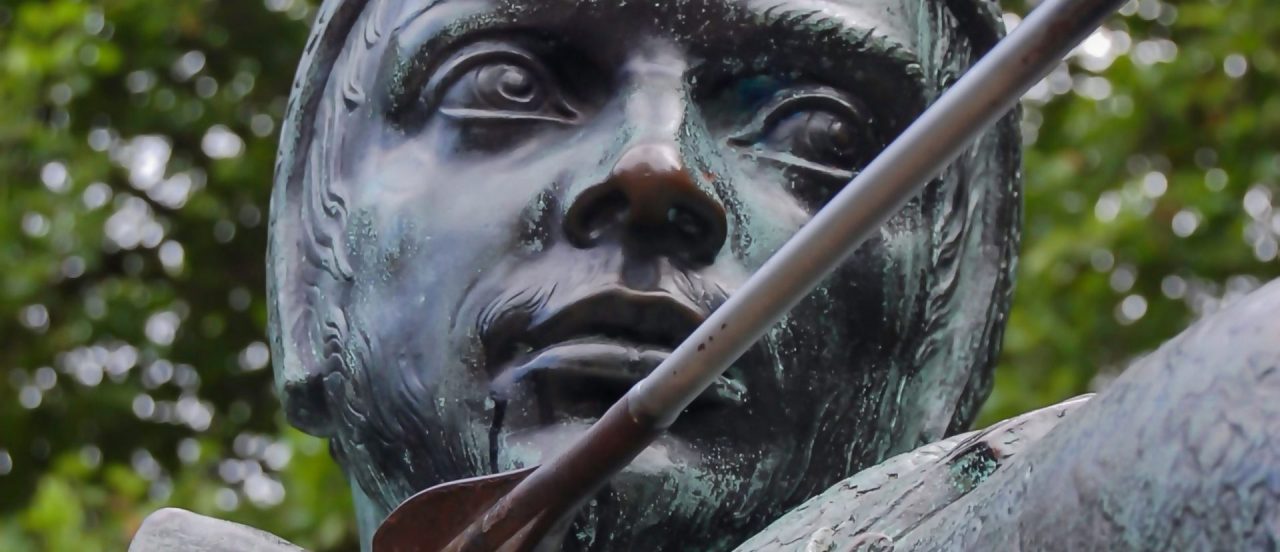Is it an antitrust offense to sell face masks at a high price in the midst of a pandemic? In this essay I address this question by examining two recent decisions in South Africa that found the high prices for face masks charged by two retailers were excessive under South Africa competition law, even though neither firm was shown to be dominant by traditional methods. In addition to discussing the two cases, I argue that South Africa’s effort to use competition law to prevent this kind of price increase has important lessons for antitrust enforcement elsewhere, including the United States. Specifically, the two cases remind us of the importance of price in antitrust analysis; the need to pay attention to justice in antitrust analysis; our over-willingness to rely on market corrections rather than acknowledging market failures; and our need to change our culture of antitrust enforcement. It may be that the “supreme evil” of antitrust is not collusion, but a failure to pay attention to how antitrust can advance justice.
By Harry First1
I. INTRODUCTION
Is it an antitrust offense to sell face masks at a high price in the midst of a pandemic?
In the United States, this rhetorical question would be answered with another question. Why does the pandemic matter? It’s not an antitrust offense regardless of when or where. Conventional antitrust wisdom is that high prices don’t violate the antitrust laws so long as the high prices are set by a single seller, even b
...THIS ARTICLE IS NOT AVAILABLE FOR IP ADDRESS 216.73.216.89
Please verify email or join us
to access premium content!

